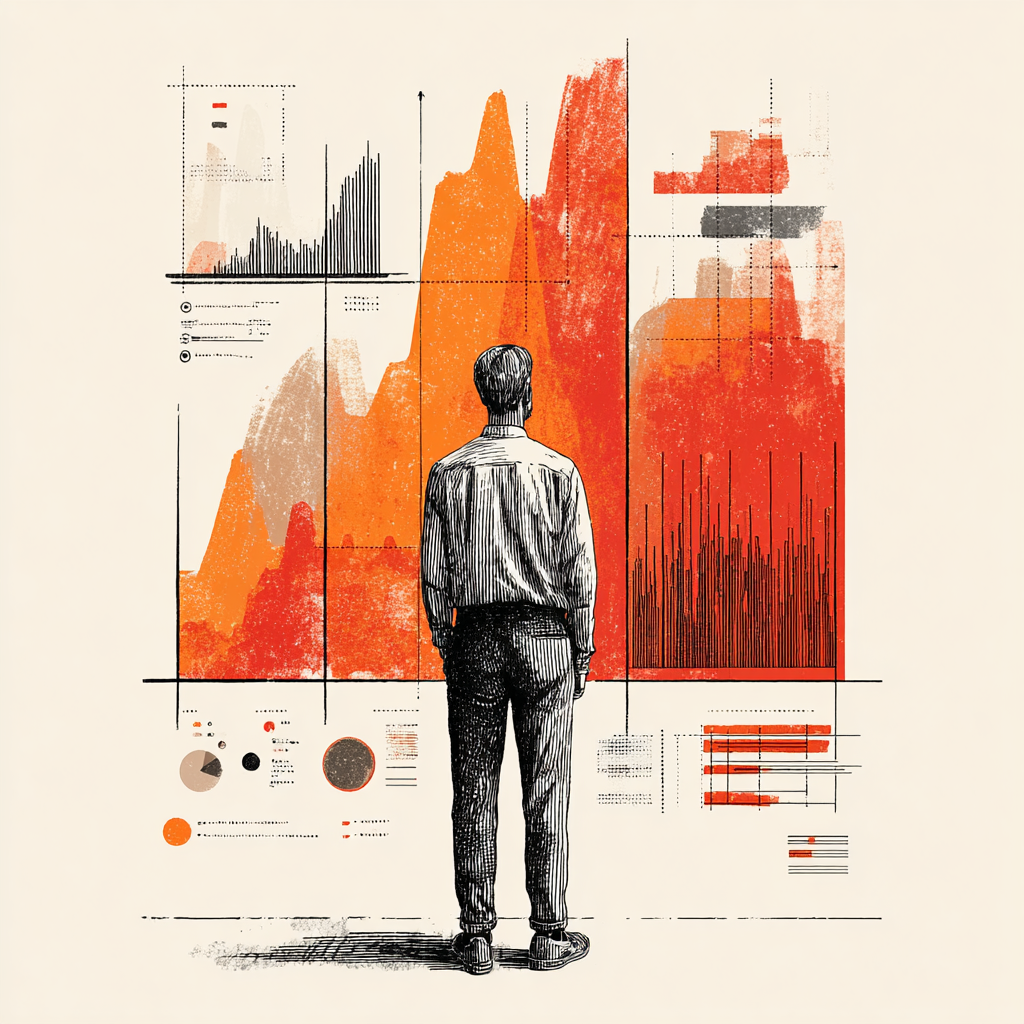
Overview
Our team implemented advanced AI-driven strategies across our Google Ads campaigns to unlock deeper insights, identify high-value opportunities, and significantly improve return on ad spend (ROAS). Within 90 days, we achieved a 30% increase in campaign performance, proving the power of data intelligence when combined with strategic human oversight.
Challenges
Before deploying AI, our campaigns were performing well—but we noticed key limitations:
-
Data Overload: With thousands of keywords and audiences, manual optimization missed deeper patterns.
-
Limited Predictive Insight: Bid adjustments were reactive, based on historical data rather than forward-looking forecasts.
-
Hidden Opportunities: Underperforming segments were often neglected despite potential, while high-performing ones weren’t being fully scaled.
AI Strategy & Implementation
To overcome these bottlenecks, we developed a multi-layer AI strategy that combined machine learning, automation, and human analysis.
1. Predictive Bidding Models
We integrated AI models to analyze time-of-day trends, user intent signals, and conversion likelihood. These models automatically adjusted bids in real time, maximizing efficiency and minimizing wasted spend.
2. Audience Intelligence
Using AI clustering, we re-segmented audiences based on behavioral and demographic similarities—not just standard Google segments. This surfaced previously hidden high-performing micro-audiences, particularly in mid-funnel searchers.
3. Creative Performance Analysis
AI text analysis evaluated the sentiment, tone, and structure of top-performing ad copy. It helped us generate and A/B test new creative variants at scale, leading to more engaging headlines and higher click-through rates (CTR).
4. Automated Anomaly Detection
Custom AI scripts monitored account performance 24/7, flagging anomalies such as sudden CPC spikes or impression drops. This proactive system reduced performance lags and improved response time.
5. Cross-Platform Data Enrichment
We combined Google Ads data with CRM and analytics data through machine learning pipelines, giving us a holistic view of lead quality and lifetime value (LTV). AI models helped us reallocate budgets toward campaigns driving higher downstream revenue, not just cheap clicks.
Results
After full AI integration and a 90-day optimization cycle, the impact was clear:
| Metric | Before AI | After AI | % Change |
|---|---|---|---|
| CTR | 3.2% | 4.1% | +28% |
| Conversion Rate | 5.6% | 7.3% | +30% |
| Cost per Conversion | $48.00 | $36.00 | -25% |
| ROAS | 4.2x | 5.5x | +31% |
Overall, the campaign achieved a 30% performance increase—driven by smarter targeting, dynamic optimization, and faster decision-making powered by AI insights.
Key Takeaways
-
AI doesn’t replace marketers—it amplifies them. Our team’s expertise combined with machine learning models allowed for better decisions, faster testing, and continuous improvement.
-
Predictive insights create competitive advantages. By forecasting audience and keyword performance, we were able to allocate budgets where they mattered most.
-
Data integration is the foundation of success. AI becomes exponentially more powerful when connected to CRM and LTV data, revealing true business impact.
Conclusion
Through AI-driven optimization, we transformed our Google Ads campaigns into intelligent, self-improving systems. The result was a 30% increase in performance, deeper strategic insight, and a scalable model for ongoing growth.
This case demonstrates how pairing artificial intelligence with experienced campaign management produces measurable, sustained results.
